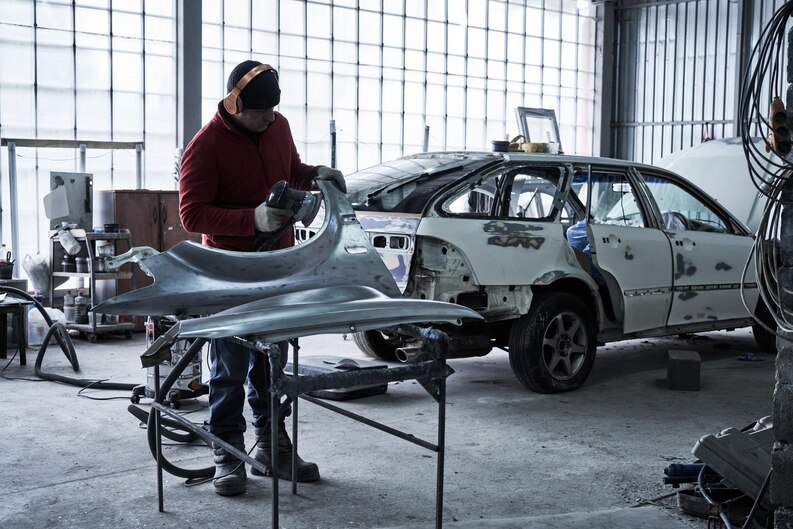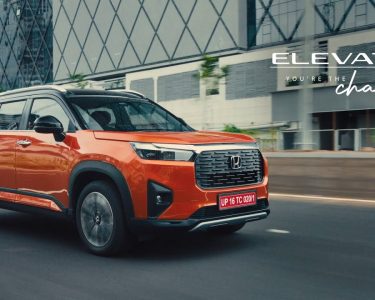Introduction
The global automotive industry is witnessing a seismic shift as China emerges as a formidable force in car production. This article explores the impact of China’s rise on Japanese and Korean automakers and examines the evolving dynamics that pose challenges to their market position. As China expands its global reach in car manufacturing, Japanese and Korean automakers are confronted with the need to adapt to this new competitive landscape.
The Rise of China’s Car Production
China has rapidly transformed from being the world’s largest consumer of automobiles to a major player in global car production. Chinese automakers have invested significantly in technology, research and development, and manufacturing capabilities, allowing them to produce vehicles that rival those of established Japanese and Korean brands. With cost-effective production, robust supply chains, and a focus on domestic and international markets, China has become a force to be reckoned with.
Implications for Japanese Automakers
Japanese automakers have long held a prominent position in the global automotive market, renowned for their craftsmanship, technological innovation, and reputation for reliability. However, China’s emergence has disrupted this status quo. Chinese automakers have made substantial progress in narrowing the gap in terms of quality, design, and market competitiveness. This has put pressure on Japanese automakers to differentiate themselves and maintain their market share.
To address these challenges, Japanese automakers must leverage their strengths in technological advancements, fuel efficiency, and electric vehicle development. By focusing on their heritage of innovation, reliability, and exceptional craftsmanship, Japanese brands can continue to appeal to discerning consumers who value quality and cutting-edge technology.
Challenges Faced by Korean Automakers
Korean automakers have also felt the impact of China’s rise in global car production. Korean brands have been known for their affordability, sleek design, and quality offerings. However, the increasing competitiveness of Chinese automakers in terms of cost-effectiveness and design aesthetics has presented challenges for Korean manufacturers.
To maintain their market position, Korean automakers need to prioritize innovation and differentiation. By emphasizing advanced safety features, eco-friendly technologies, and seamless connectivity, Korean brands can carve out a niche that sets them apart from their Chinese counterparts. Additionally, continued investment in research and development will be crucial for staying at the forefront of emerging automotive trends.
Adapting to the Changing Landscape
Both Japanese and Korean automakers must adapt their strategies to navigate the changing dynamics of the global automotive industry. It is vital for them to embrace technological advancements such as electric vehicles, autonomous driving, and connectivity solutions. By investing in research and development, fostering partnerships with tech companies, and embracing new business models, Japanese and Korean automakers can stay competitive in this evolving landscape.
Furthermore, exploring collaboration opportunities with Chinese automakers can lead to mutually beneficial outcomes. Joint ventures, technology sharing, and market expansion initiatives can leverage the strengths of all parties involved and foster innovation and growth in the industry as a whole.
Conclusion
The rise of China’s global car production presents both challenges and opportunities for Japanese and Korean automakers. To navigate this shifting landscape, they must focus on innovation, differentiation, and leveraging their unique strengths. Adapting to emerging technologies and market trends, as well as fostering collaborations, can help Japanese and Korean brands maintain their competitiveness and secure their positions in the global automotive market.
By embracing change, investing in research and development, and capitalizing on their brand heritage, Japanese and Korean automakers can successfully navigate the challenges presented by China’s growing influence in global car production.




